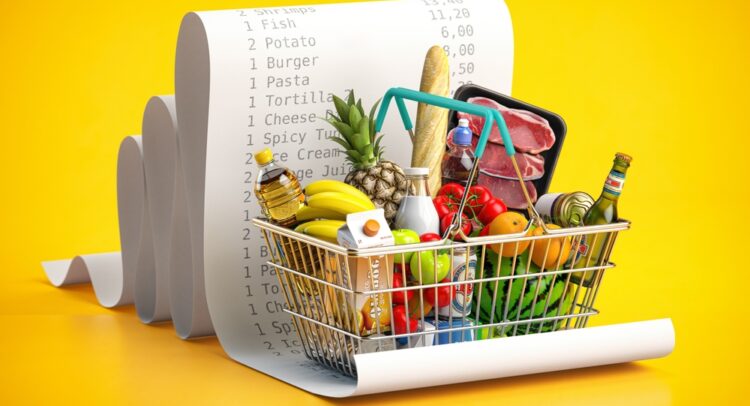Costs can generally be divided into needs and wants, with food and sustenance firmly falling into the first bucket of essential goods. While these expenses comprise a central part of our monthly budgets, there is a large variety of ways that we can spend on satisfying our stomachs. It is therefore worthwhile to consider the personal finances of our food intake.
Claim 70% Off TipRanks This Holiday Season
- Unlock hedge fund-level data and powerful investing tools for smarter, sharper decisions
- Stay ahead of the market with the latest news and analysis and maximize your portfolio's potential
We have almost unlimited choices for how we can spend funds on food. Understanding the costs and necessary trade-offs between these various options is a central part of our personal finances, whether we realize this or not.
Where to Eat
Eating in or going out, that is the question that many of us first assume when thinking about food and finances. And it is an important consideration.
On the whole, it should come as no surprise that eating in restaurants tends to be more costly than dining at home. Eating out allows us to save time and energy in the preparation of our food and the cleaning up afterwards, and we pay for this convenience. Of course, eating in a restaurant also expands the choices we have to satisfy our palate, by providing possibilities that are well beyond the culinary options we are able to make ourselves.
Crafting a budget can help us to find the right balance of mixing meals at home with the experience of dining in restaurants. Still, there are plenty of ways that we can save money in both locations.
Saving Money at Home
There are multiple ways to save money while dining at home. These include the following:
(1) You better shop around: Look for deals in your area, finding ways that you can save money on groceries. These include expanding your search area to additional stores in your area.
(2) Plan ahead: Compiling a food schedule for the week ahead can save you both time and money. This will ensure that you are using all the foods you are bringing home while also helping you avoid the temptation of stopping for a last-minute drive-in dinner on the way home from work.
(3) Eat leftovers: Instead of throwing away your extra food, put it in a reusable container. You can take it to the office the next day or eat it for dinner the following evening. This will allow your dinner preparations today to extend into tomorrow.
(4) Grow your own produce or join a co-op: If you have a plot of land on your property, try to grow some of your own vegetables. If you do not have the space to tend your own crops, joining a co-op–which often offers discounts to members–can help you save as well.
(5) Buy in bulk: Some items need to be consumed fresh, though not all foods do. Pastas, rice, and other grains, for instance, can be stored for months under the right conditions. Non-perishable goods, such as toilet paper, can be kept for much longer durations.
(6) Brew your own coffee: Grabbing a cup of coffee on your stroll around the block can be a comfortable custom. It can also add up if it becomes a regular habit.
Saving Money When Eating Out
Just because cooking for yourself is generally the cheaper option does not mean that there are no ways to save when eating out. Here are a few ideas:
(1) Look for deals: Scan the ads for restaurants in your neighborhood to see which ones might be offering some deals. Happy Hours and non-peak times (see below) could help you be more economical.
(2) Go for lunch: Lunch is often cheaper than dinner, and if you have the flexibility think about heading out earlier in the day. You might also be able to take home the leftovers and eat them for dinner.
(3) Split entrees: Going out with a friend with similar taste buds? Think about ordering one entree and one appetizer, and splitting the two. This can help you save a few bucks.
(4) Enjoy desserts: Have a sweet tooth? Think about having dinner at home and then heading out for pie or ice cream at the local diner. This will be cost-effective while still giving you the enjoyment of eating out.
(5) Order water: We go out to eat, with the food we order serving as the primary objective of our outing. Instead of splurging on drinks, order water and focus on the main event.
(6) Make it count: Think in advance of when and where you want to eat. This will help you avoid the last-minute take-out that you did not really want, and instead spend your money on the foods you truly desire.
Conclusion: Making Good Decisions
All personal finance decisions involve spending our limited money on the items that we truly desire. Though food is a non-negotiable necessity, there is plenty of leeway to be creative with our meals in order to find tasty and economical ways to fill our stomachs.
As usual, when it comes to personal finance, being intentional with your plans will help you make good decisions. Being aware of your priorities will allow you to satisfy both your taste buds and your finances.
Learn money management, and use data-driven stock insights with TipRanks.
















